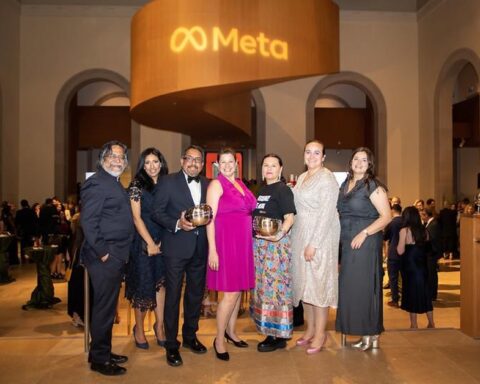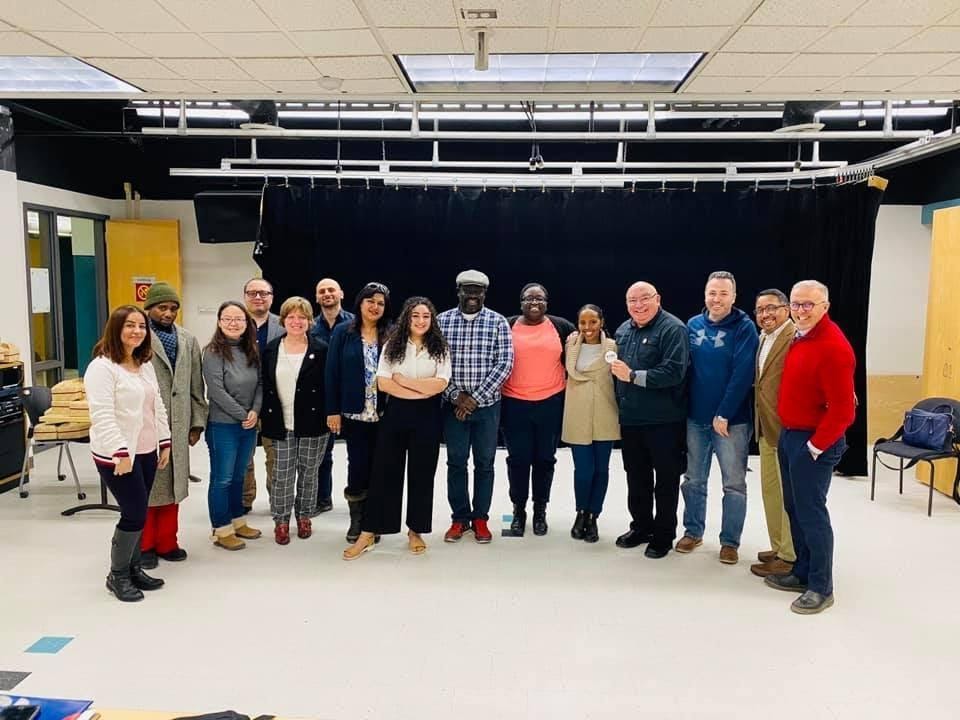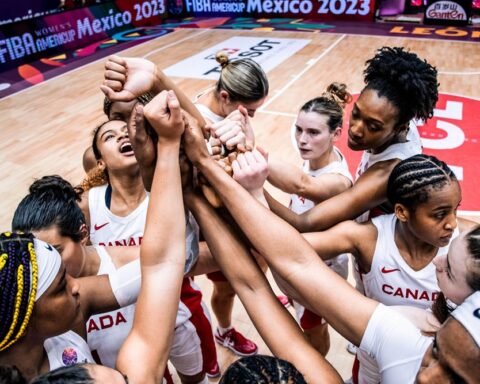ENTREPRENEURIAL journalism sounds deceptively simple to execute. Combine journalism with business acumen … and voilà you have a winner.
Sadly, that is not the way it actually works in real life. It is a long, lonely slog, made even more difficult with the declining economics of Canadian media companies all around. One soon learns that the ability of reporters to break new ground and the ability of editors to present stories in a way that resonates with their audience derives from the financial strength of the parent media organization.
The M-word looms large: monetization. How do you keep the lights on and feed the hungry beast that is your burgeoning editorial budget?
We weren’t daft when a bunch of us embarked on this journey called New Canadian Media. The trend towards newsroom closures and downsizing was already written on the wall. The business model of legacy organizations itself was broken or breaking down before our very eyes. Sure, there were any number of naysayers who saw no point in trying to carve out a niche that portrayed the collective perspective of newcomers to Canada. We were warned that we would be neither “ethnic” nor “mainstream” – a mongrel among media – and that advertisers will make no room for hybrid models like ours because they have niche marketing budgets.
But, it was virgin space in May, 2014, when we launched our portal … and remains so even today.
Our first goal was to demonstrate that we could indeed produce high-quality journalism using largely immigrant talent. We’ve done that in spades. It’s our calling card.
Second, we needed to find “seed capital” that would help us convincingly demonstrate the strength of NCM’s original idea. We’ve done that as well. However, as we scaled up, we found the going difficult.
The intervening years since the launch of our site demonstrated not only the endurance of the original idea to represent “the immigrant perspective”, but also to tap into a rich vein of journalism talent that remains largely unexplored in Canada. But, in addition to pioneering a new form of journalism, we went against the grain in several important respects, all in an effort to buck the trend and improve the odds.
The original idea
NCM was founded on a rather simple premise: waves of immigrants continue to reshape this country in both visible and invisible ways. For visible signs, look no further than the sushi restaurant in your neighbourhood, turbans in the RCMP, Canada’s tilt towards the Asia-Pacific driven largely by immigration from that region of the world, ethnic nannies who raise babies for rich Canadians and the entrepreneurial energy that has made this country more prosperous.
While existing media capture the mega-trends, they do a rather poor job of portraying undercurrents and speaking to a new Canada-in-the-making. Our idea was to give voice to the opinion and points-of-view of newcomers, while enabling all Canadians to better appreciate this new perspective.
Jagdeesh Mann, executive editor of the Asian Pacific Post published in English and distributed in downtown Vancouver, has a readership that is as much white as Asian. “Canadians want to know what was happening in the Asian community and Asians want to participate,” Mr. Mann says, adding “food was usually the gateway.”
We, however, went about this in unconventional ways, ensuring that we continually broadened our horizons even while staying true to our core mission of delivering the immigrant perspective. We took great care to avoid creating what media experts call a new, isolationist “silo”, but rather to work with both existing ethnic and mainstream news organizations so our limited dollars did not end up duplicating journalism that was already out there.
There was no template to follow and hence we charted our own course.
Amid a climate of great public mistrust of ‘elites’ in general, and the media in particular, we set ourselves up as a non-profit, with paid members across Canada. When we discovered that our contributors could benefit from training and mentoring, we found the funds to launch a national professional development program. Last year, we broadened this grassroots undertaking to create an NCM Collective, inviting our contributors to band together in a countrywide effort to organize and lend even more heft to their inimitable immigrant voices.
At the same time, the organization has sustained itself on the backs of volunteer directors and pro bono time from members of our editorial board.
By the numbers
We’ve taken great pains to cross language and racial divides to address issues that confront every one of the 200 ethnic communities in Canada. Our range of stories and datelines from cities and towns across the country speak for themselves. It has contributed, dare I say, to giving many an immigrant a greater sense of belonging.
In perhaps our biggest break from tradition, we have consistently fostered a bottom-up journalism that privileges the findings of on-the-ground reporters over the preconceived notions of distant editors. We very rarely dictated a story idea, relying on our formidable network to serve as listening posts in their respective communities. Retaining a reporter’s voice is very important to us. We’ve tried our best not to shoehorn a reporter’s findings into a pre-cooked, nifty headline, or come up with an elegant turn of phrase that may not do full justice to the original sentiment.
Trust me, this has made the editing process a lot more laborious, but it has been surely worth it: it has led to unfiltered, authentic voices from communities across this fabulous country. Copy editors have gone apoplectic at times, but this approach has allowed immigrant journalists to portray the everyday experiences, joys and sorrows of new Canadians, signifying perhaps NCM’s biggest accomplishment to date.
All of this pioneering work has been sustained largely through project-based public funding (roughly $275,000 so far), enabling NCM to demonstrate the calibre and depth of its journalism and showcase the work of a growing roster of new reporters in every province.
Numbers rarely tell the whole story, but here are a few to illustrate our growth and current profile:
- Original stories published on the NCM platform so far = 855
- Peak web traffic: 10,840 unique monthly visitors in Nov. 2015 (22,448 page views)
- E-newsletter distribution list: 1,433 subscribers
- Twitter followers: 3,811
- Facebook Likes: 1,630
- Reporters/commentators published: 220
- Canadian journalists who have enlisted for NCM’s professional development program: 102
- Images available in NCM Stock Photo library: 205
- Canada’s first-ever ethnic media and diversity style guide published in Jan. 2016
- Audience profile: evenly split between foreign-born and native-born Canadians (Ekos survey, 2016)
Our board of directors believes we are market-ready, and primed to emerge as a media platform in our own right. Towards this end, the board is re-tooling the NCM organization, rethinking our financial and business model, while we revamp our web platform to update several of its key attributes – to ensure that we continue to present the immigrant perspective in all its colour and vibrancy.
We are surely not alone in imagining a different media scene – one that truly reflects Canada in the 21st century. As our good friend and publisher of the Walrus magazine puts it, “If NCM did not already exist, this country would be compelled to invent it.”
George brings 30 years of writing and newsroom management experience to New Canadian Media. He began his journalism career with The Times of India in Mumbai (formerly Bombay), followed by stints at the Khaleej Times in Dubai and as managing editor of The Peninsula in Qatar. A journalist with high ethical standards, George won the prestigious Nieman scholarship at Harvard University (1994-95), and more recently, pursued a Master’s in Journalism at Carleton University (2004).





